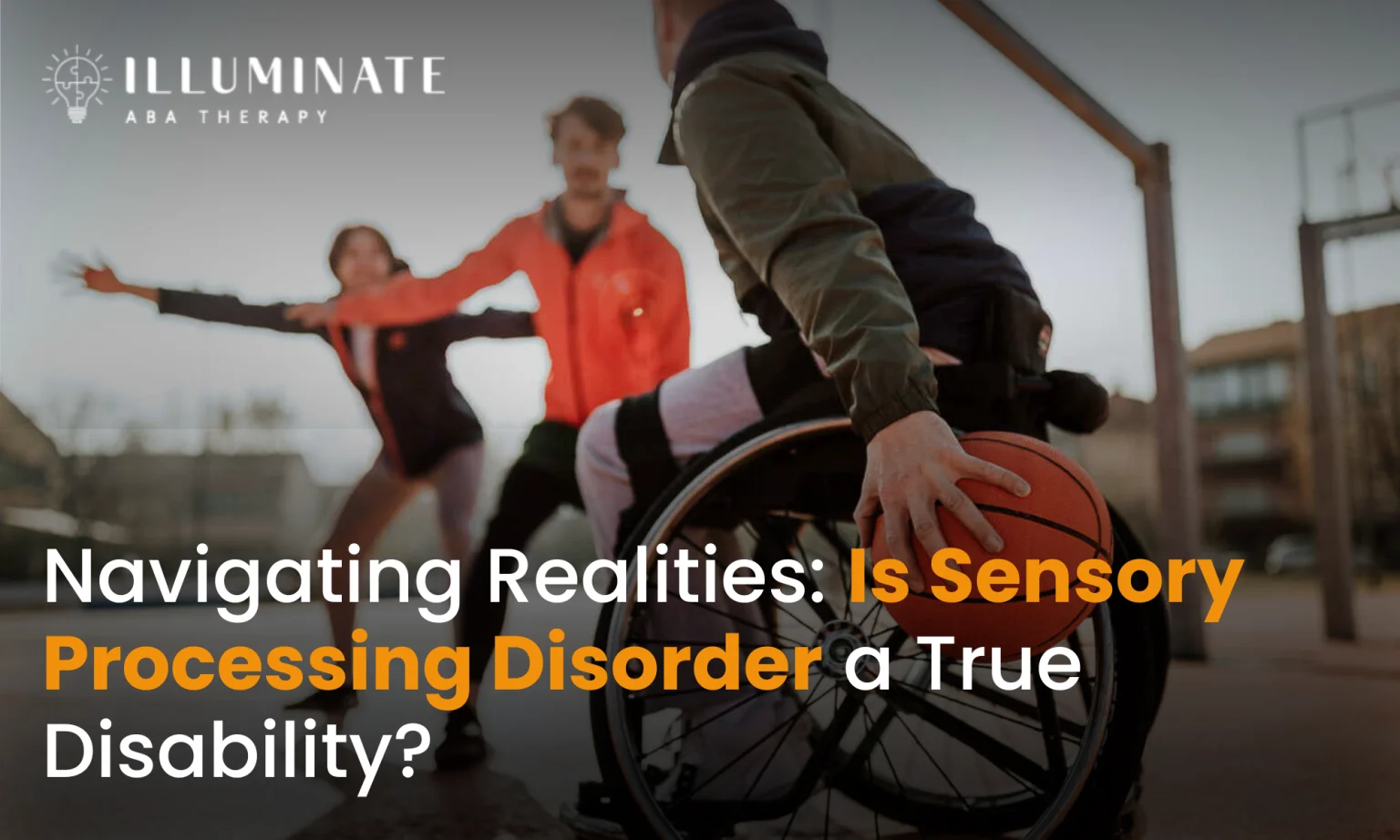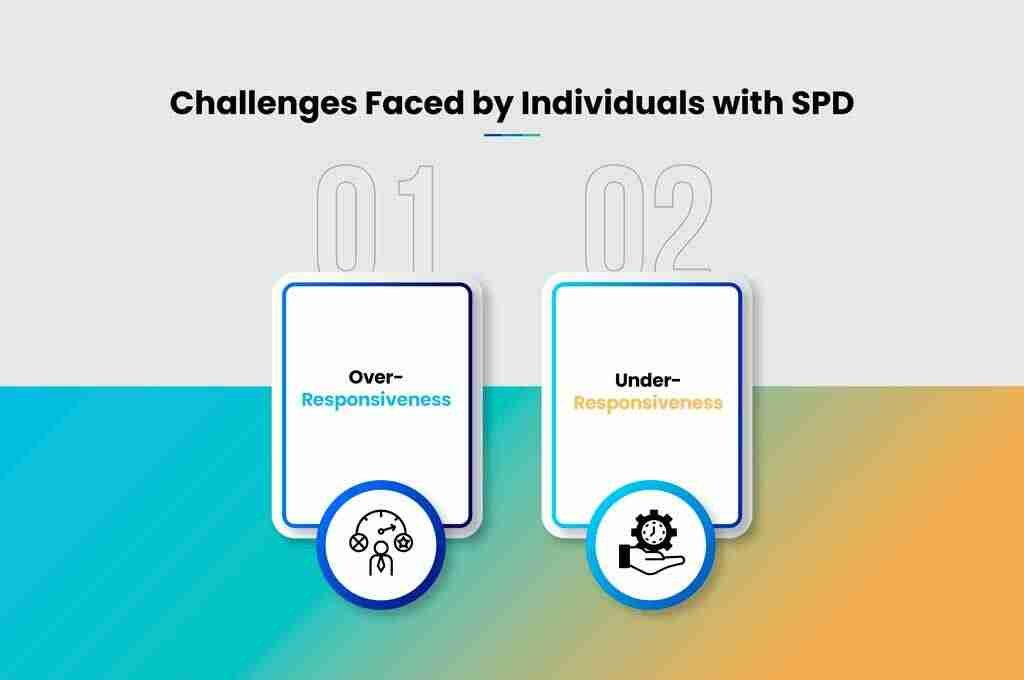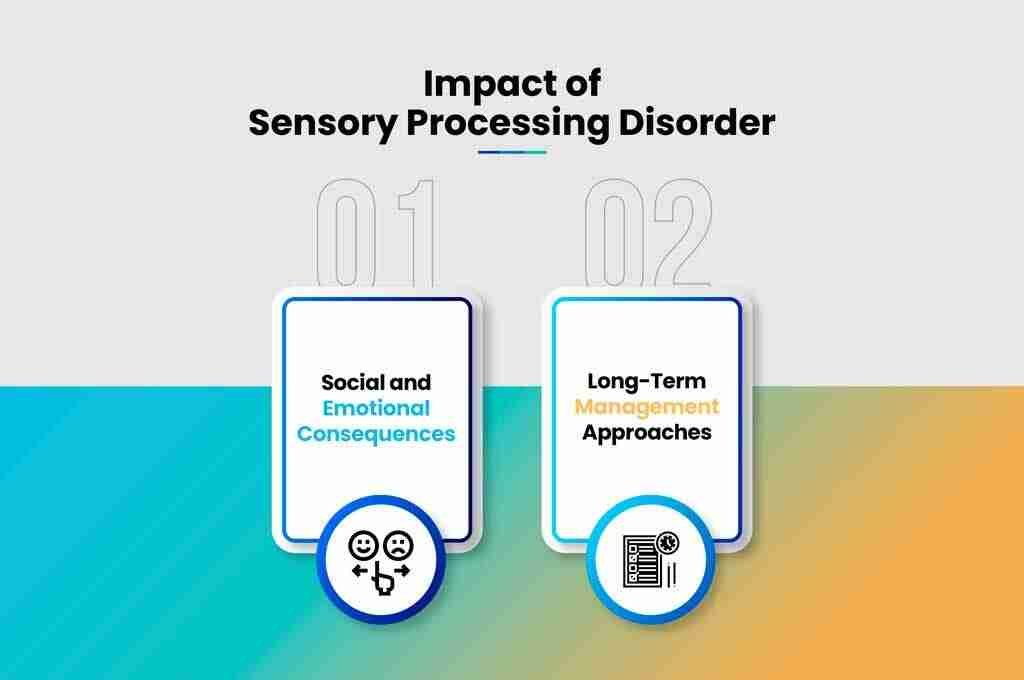Navigating Realities: Is Sensory Processing Disorder a True Disability?
ABA TherapyJuly 17, 2025

Understanding Sensory Processing Disorder
Peek into the world of sensory processing disorder. It's a bit of a chameleon—not officially labeled as its own thing yet, but plenty of experts are in its corner. This disorder can weave its way into the lives of folks, especially those on the autism spectrum, and it can shake things up quite a bit.
Definition and Recognition
So, what's the deal? Sensory processing disorder happens when the brain gets all jumbled up by sensory signals. It's like trying to watch a movie through a mosaic filter. This can make everyday life feel like a nonstop obstacle course. As WebMD points out, while not stamped with official recognition, there's a growing understanding of these sensory struggles in medical circles and beyond.
Spectrum of Symptoms
This disorder is anything but tidy—it's got more shades than a rainbow. Some people react to sensory input like they're on a roller coaster, while others might not even notice that bee sting. The flip between hypersensitivity and hyposensitivity adds a layer of complexity.
Trusted resources like Family Doctor and Child Mind Institute note that some folks are so finely tuned that the smallest stimuli can set them off, while others need more intense sensory experiences just to perk up. Grasping these variations is key to crafting the right support and game plans for those grappling with this condition.
By wrapping their heads around what sensory processing disorder is and its myriad symptoms, caregivers, teachers, and health pros can step up their game in supporting those caught in this sensory whirlwind. Keeping tabs on fresh insights and breakthroughs is vital to give a helping hand to those facing these sensory twists and turns.
Challenges Faced by Individuals with SPD

Folks dealing with Sensory Processing Disorder (SPD) often hit some tough spots that mess with their everyday groove. Two big hurdles they wrestle with are feeling too much or not feeling enough.
Over-Responsiveness
Over-responsiveness is like having a supercharged sensory system, where everything feels cranked up a notch. According to Family Doctor, this might mean that everyday sounds blare like a car alarm, fabrics scratch like sandpaper, or certain foods feel like chewing a tire. It's not just a slight bother, it's a full-on sensory assault.
Kids hit the hardest by over-responsiveness can find fine motor tasks, like gripping a pencil or fiddling with buttons, to be as challenging as a Sudoku puzzle. And it doesn't stop there; even climbing stairs can feel like scaling Mount Everest due to poor muscle tone, and language skills might be a bit slow to catch up.
Under-Responsiveness
Then there's under-responsiveness, where nothing seems to register without turning up the volume. It's like their sensory dial is set too low. These folks might need a bit more oomph to notice the world around them, sometimes driving them to crash, bump, or squeeze just to feel something. The Child Mind Institute says they might be the ones who just can't sit still, always on the hunt for the next big sensation.
In schools, these kids might appear as squirmy or hyper, engaging in all sorts of physical antics to satisfy their sensory appetite. Wrapping our heads around how SPD shows up—whether things are too loud or too quiet—helps in crafting the right support strategies, giving individuals with SPD a better shot at tackling the everyday world.
Treatment Approaches for Sensory Processing Disorder
When it comes to helping folks with sensory processing disorder (SPD), jumping in early with the right aba therapy services can make all the difference. Two big players in this game are sensory integration therapy and rolling out a sensory diet.
Sensory Integration Therapy
Now, onto the good stuff—sensory diets. Here's where you cook up a personalized buffet of sensory experiences that tick all the right boxes for someone dealing with SPD. This custom plan is usually cooked up with occupational therapists and matched to the person’s sensory quirks.
In plain speak, a sensory diet might include poking at different textures, getting some deep pressure hugs, spinning around, or maybe just vibing with certain sounds or lights. It's about finding the sweet spot of sensory input that keeps someone from feeling too bogged down or ramped up.
When these sensory "meals" get added to everyday life, they can totally change the game. Doing this stuff regularly helps folks handle sensory overload better, sharpen their sensory smarts, and just feel better all around. Plus, it can lead to fewer sensory freak-outs and more joining in on the fun.
Putting together sensory integration therapy and a well-planned sensory diet gives people with SPD some of the best tools around. These are not just random acts but focused efforts to support their sensory needs and help them rock in all kinds of settings. With these strategies, making progress with sensory processing and improving daily life is a real possibility for those with SPD.
Sensory Diet Implementation
Now, onto the good stuff—sensory diets. Here's where you cook up a personalized buffet of sensory experiences that tick all the right boxes for someone dealing with SPD. This custom plan is usually cooked up with occupational therapists and matched to the person’s sensory quirks.
In plain speak, a sensory diet might include poking at different textures, getting some deep pressure hugs, spinning around, or maybe just vibing with certain sounds or lights. It's about finding the sweet spot of sensory input that keeps someone from feeling too bogged down or ramped up.
When these sensory "meals" get added to everyday life, they can totally change the game. Doing this stuff regularly helps folks handle sensory overload better, sharpen their sensory smarts, and just feel better all around. Plus, it can lead to fewer sensory freak-outs and more joining in on the fun.
Putting together sensory integration therapy and a well-planned sensory diet gives people with SPD some of the best tools around. These are not just random acts but focused efforts to support their sensory needs and help them rock in all kinds of settings. With these strategies, making progress with sensory processing and improving daily life is a real possibility for those with SPD.
Impact of Sensory Processing Disorder

Sensory Processing Disorder (SPD) packs quite a punch on a person's life, touching the social and emotional sides deeply. Figuring out long-term fixes is big when it comes to supporting those dealing with SPD.
Social and Emotional Consequences
People with SPD often have a tough time socially and emotionally because their brains tangle up sensory signals. Some might feel like they're in sensory overdrive, while others might not feel much at all.
When sensory signals go haywire, it can mess with social skills and throw emotions out of whack. This could lead to folks feeling lonely, keeping relationships on shaky ground, or stumbling through daily life. Plus, it might crank up the chances of issues like dementia or depression sneaking in.
Long-Term Management Approaches
Therapy might ease SPD symptoms over time, but a complete vanishing act isn’t guaranteed. SPD might pop back up with life's curveballs or stress bombs. Getting a handle on long-term solutions is key.
Teaming up with occupational therapists who know sensory integration therapy is a solid choice for SPD management. They can equip folks with tricks to handle sensory hiccups, balance their responses, and generally make life a bit easier. Setting up spaces that are sensory-friendly, weaving sensory diets into routines, and enjoying sensory-focused activities can amp up coping skills (How to Create a Sensory-Friendly Environment for Effective ABA Therapy).
Since the days when occupational therapist A. Jean Ayres, PhD, first brought SPD into focus in the 1970s, our grip on understanding sensory blips has really tightened. Getting a bead on whether someone deals with hypersensitivity or hyposensitivity is important for giving the right kind of help.
Wrapping it all together, tackling the social and emotional hurdles of SPD and putting good long-term plans in place are critical for fully supporting those with sensory twists and turns. By spreading the word, digging in with understanding, and pushing suitable strategies, we can boost the quality of life for people grappling with SPD.
Learn More: Inclusive ABA Strategies for Co-Occurring Conditions
